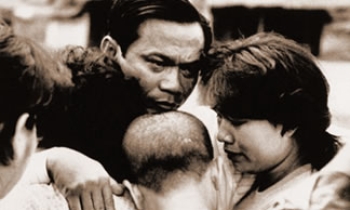One question I ask my students in an introductory journalism class is to define "newsworthy."
After a little prodding, they usually say that a newsworthy event has an impact on the community, society or world. They might mention the war in Iraq, the Supreme Court nominee and the recent bombings in London. From there, I launch into a lecture on news values and the social-responsibility role of the media.
News values are characteristics of an event that make it worthy of coverage. News values include consequence, conflict, timeliness, prominence and human interest. The examples given by students usually fall under "consequence," which refers to a story's impact on people's lives. "Conflict" refers to controversial issues where at least two sides are in disagreement. "Timeliness" indicates that the event or issue is a recent occurrence, while "prominence" indicates that the people being reported on are well-known public figures.
"Human interest" is reserved for those stories at the end of a newscast that leave us with a fuzzy feeling; they include stories about people overcoming great odds and about newborn pandas.
Lately though, I can't seem to identify the news value of many stories. Where does coverage of a runaway bride fit in? Jennifer Wilbanks' decision to disappear before her wedding is of no consequence to anybody but her family and 600 guests. Why were the media so fascinated, and why were we kept up-to-date on her wedding plans?
Natalee Holloway's disappearance in Aruba is heart wrenching, but why did the media decide to focus on the disappearance of one teenager while hundreds of thousands of children are reported missing every year?
These stories are not news, but rather fit into the new genre of infotainment or reality shows. They don't fulfill the social-responsibility role of the media, which should serve as a catalyst for an informed citizenry.
The struggle for ratings, which translate into advertising dollars, is behind the media's insatiable appetite for sensational stories. These stories attract viewers, don't require much in-depth reporting and are inherently dramatic. After all, it's much more entertaining to hear about a bride's cold feet rather than global warming or the latest setback to the ratification of the European Union's constitution.
The media give the public what the public wants, but maybe it's time to give the public what it needs instead. Is it naïve or idealistic to expect the media to operate outside a capitalist and competitive system in which profit is the bottom line?
Perhaps we should start exploring new ways to fund the media so they won't be susceptible to market forces.
Salma Ghanem is associate professor and chair of the communications department at the University of Texas-Pan American. Her e-mail address is ghanem@utpa.edu.









